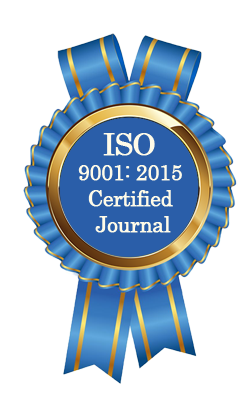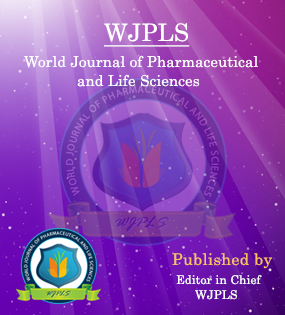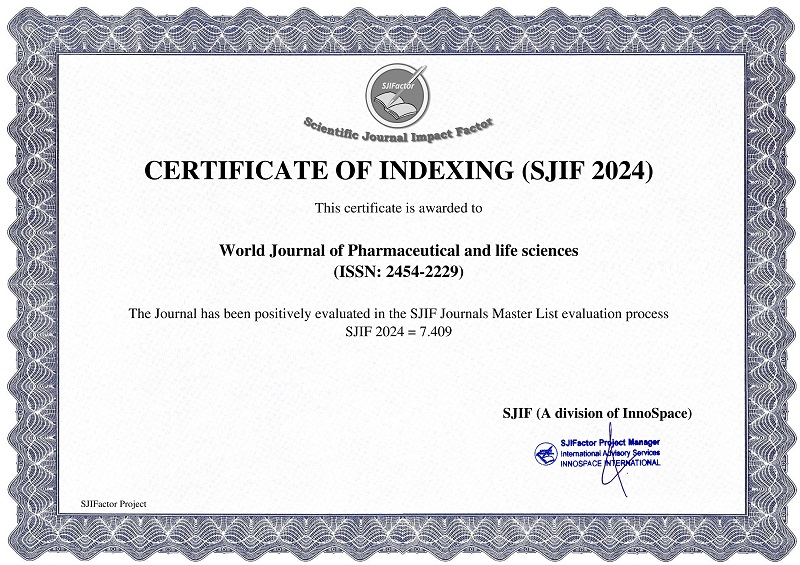Abstract
A REVIEW ON: LUNGWORM INFECTION IN SMALL RUMINANTS
Dr. Tewodros Alemneh Engdaw*
ABSTRACT
Lungworms are parasitic nematode round worms of the order Strongylida that infest the lungs of vertebrates. The most common lungworms belong to one of the two superfamilies, Trichostrongyloidea or Metastrongyloidea. Of which, Dictyocaulus and Protostrongylus are causes of lungworm infection in ruminants. The common causes of verminous pneumonia in sheep and goats are Dictyocaulus filaria, Protostrongylus rufescens and Muellerius capillaris. Dictyocaulus filaria belongs to the super family Trichostrongyloidea while the latter two belong to Metastrongyloidea, which have direct and indirect life cycles, respectively. Of the two species, goats are more susceptible to lungworm infection. Depending on the severity of infection, age and immunological status of the animal, the clinical sign ranges from moderate coughing with slightly increased respiratory rates to sever persistent coughing, persistent respiratory distress and failure. Diagnosis of the disease is by examination of the faeces with Baermanization to detect the L1 larvae in the laboratory, and postmortem examination of the lungs of infected animals for adult worms’ isolation. Treatment of lungworm necessitates the use of appropriate Anthelmentics which are effective against lugworm infections. The effective Anthelmentics including Benzimidazoles, Levamisols and Ivermectin should be used in the treatment of the disease. The prevention and control of lung worm infection can be achieved most effectively by integration of three interrelated approaches: administration of effective Anthelmentic drugs, immunization and improved management practices.
[Full Text Article] [Download Certificate]WJPLS CITATION 
| All | Since 2020 | |
| Citation | 590 | 424 |
| h-index | 12 | 10 |
| i10-index | 17 | 14 |
INDEXING
NEWS & UPDATION
BEST ARTICLE AWARDS
World Journal of Pharmaceutical and life sciences is giving Best Article Award in every Issue for Best Article and Issue Certificate of Appreciation to the Authors to promote research activity of scholar.
Best Article of current issue
Download Article : Click here





